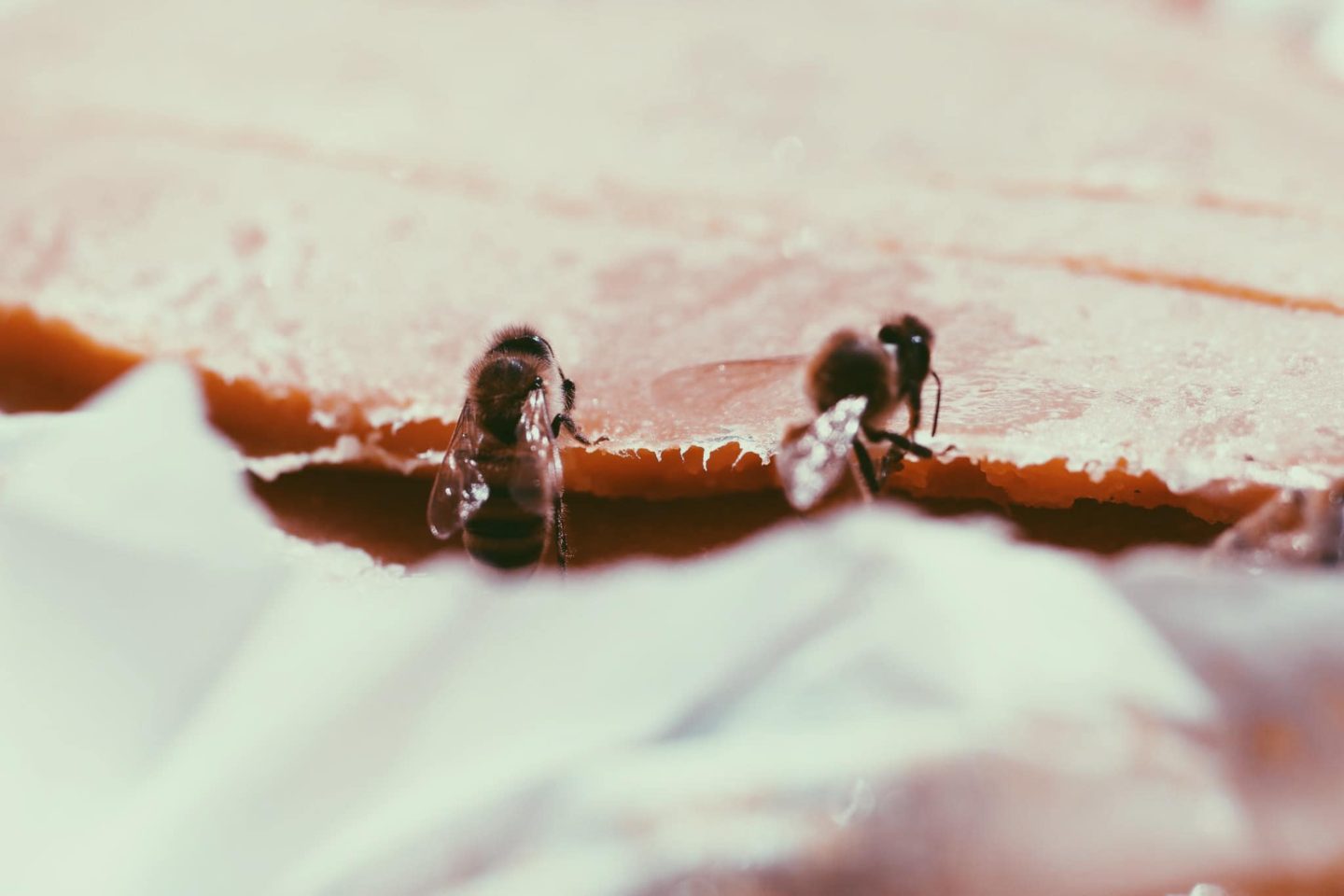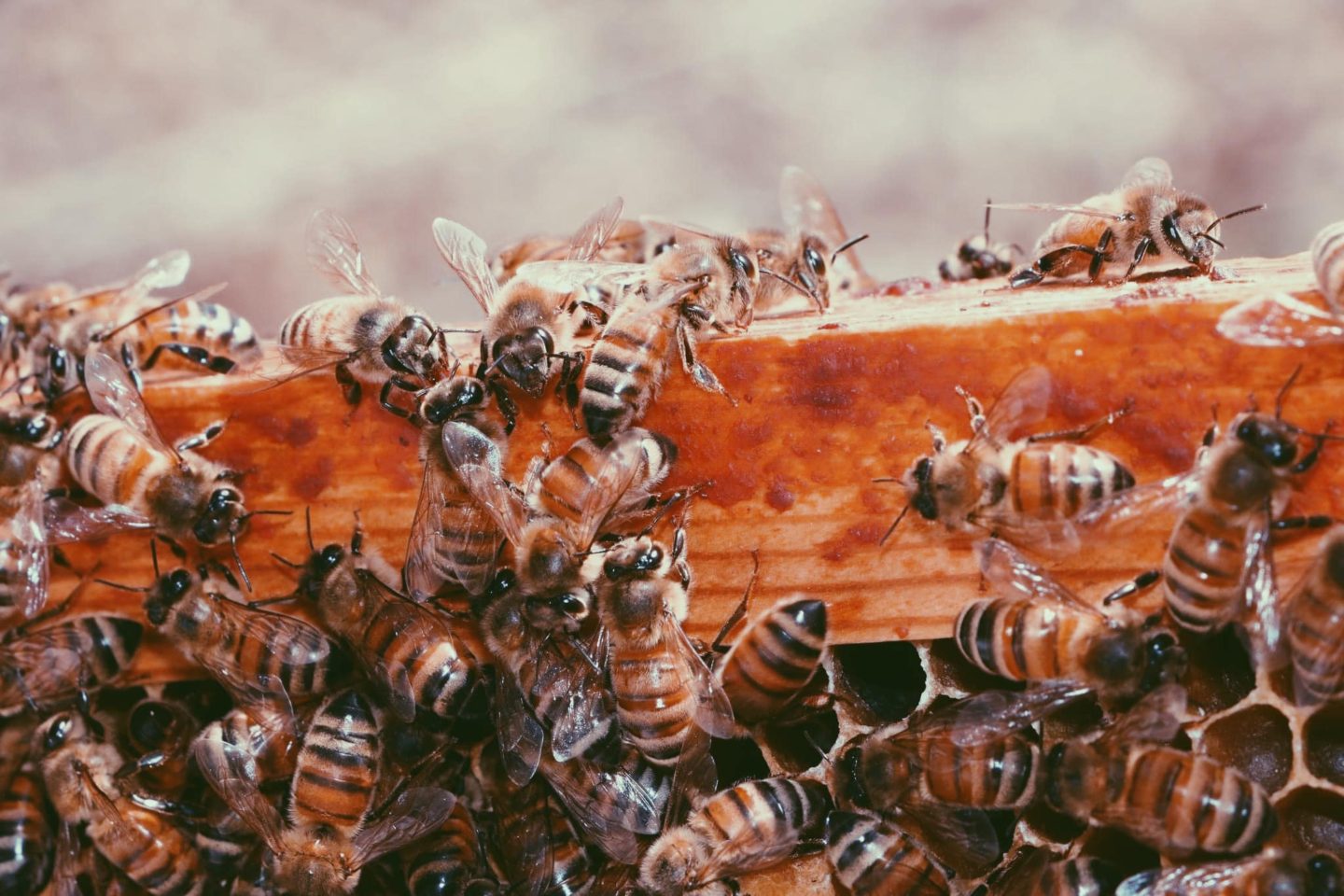#electriccanning #foodpreservation
I got some money for Christmas/Yule this year and I purchased an electric canner with some of it. I’m so excited about my new electric canner! It’s a great way to preserve food and make delicious meals. I love the convenience of being able to can my own food without having to use a stovetop. Plus, it’s much safer than traditional canning methods, since electric canners are designed to maintain a consistent temperature while preserving food. I’m looking forward to experimenting with different recipes and creating some delicious homemade meals!
Electric canning is an increasingly popular way of preserving food for longer periods of time. With the help of electric canning, you can preserve fruits, vegetables, sauces, and even meat, without the need for refrigeration. Electric canning is a process of sealing food into airtight containers, often called jars, to prevent spoilage and bacteria from entering. The process of electric canning has been around for centuries, but it has become more widely used in recent years, due to the convenience and safety it offers.
The first step in electric canning is to select the right type of canning jar. The type of jar to use depends on the food you are preserving. There are a variety of sizes and shapes of jars available, so you should select the jar that best suits your needs. You should also make sure to purchase a canning lid that fits your jar and can be sealed properly.
Next, you will need to fill the jars with the food you want to preserve. You will need to pay attention to the amount of food you are placing in each jar and make sure that it is filled correctly so that the food has adequate room to expand during the canning process. You will then need to add a small amount of liquid, usually water, to each jar to help the food to move freely during the canning process.
Once you have filled the jars and sealed the lids, you will need to place the jars into the electric canner. The electric canner will heat the jars to a temperature of 240 degrees Fahrenheit, which is the optimal temperature for canning. Once the jars have been heated for the required amount of time, the canner will then shut off automatically.
Finally, the jars will need to be removed from the canner and allowed to cool completely before storing. This is a critical step in the electric canning process, as it prevents the food from spoiling. Once the jars have completely cooled, you can store them in a cool dark place for up to one year. Electric canning is a great way to preserve food for long periods of time, and it is a safe and convenient method of preserving food.

















































